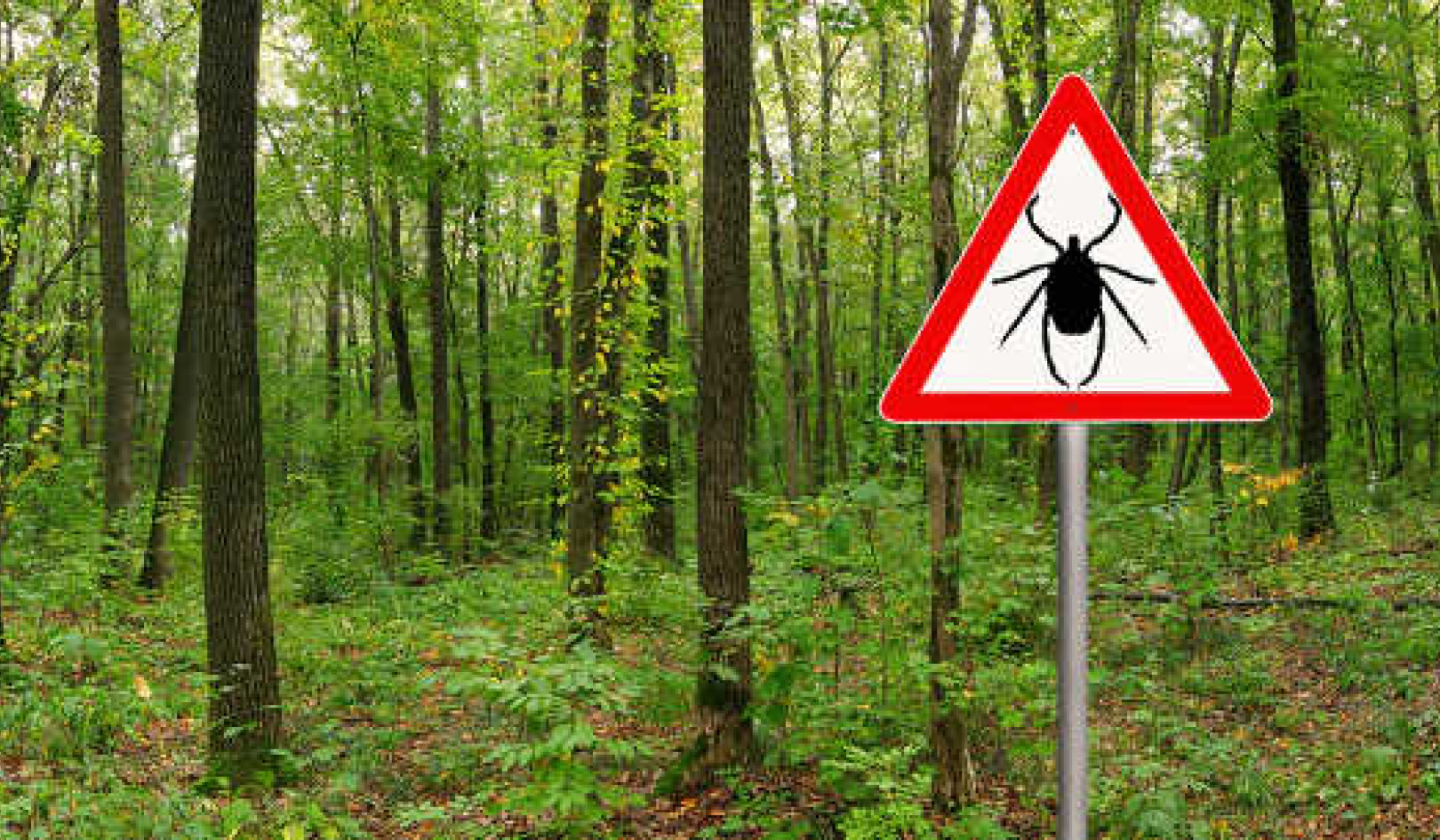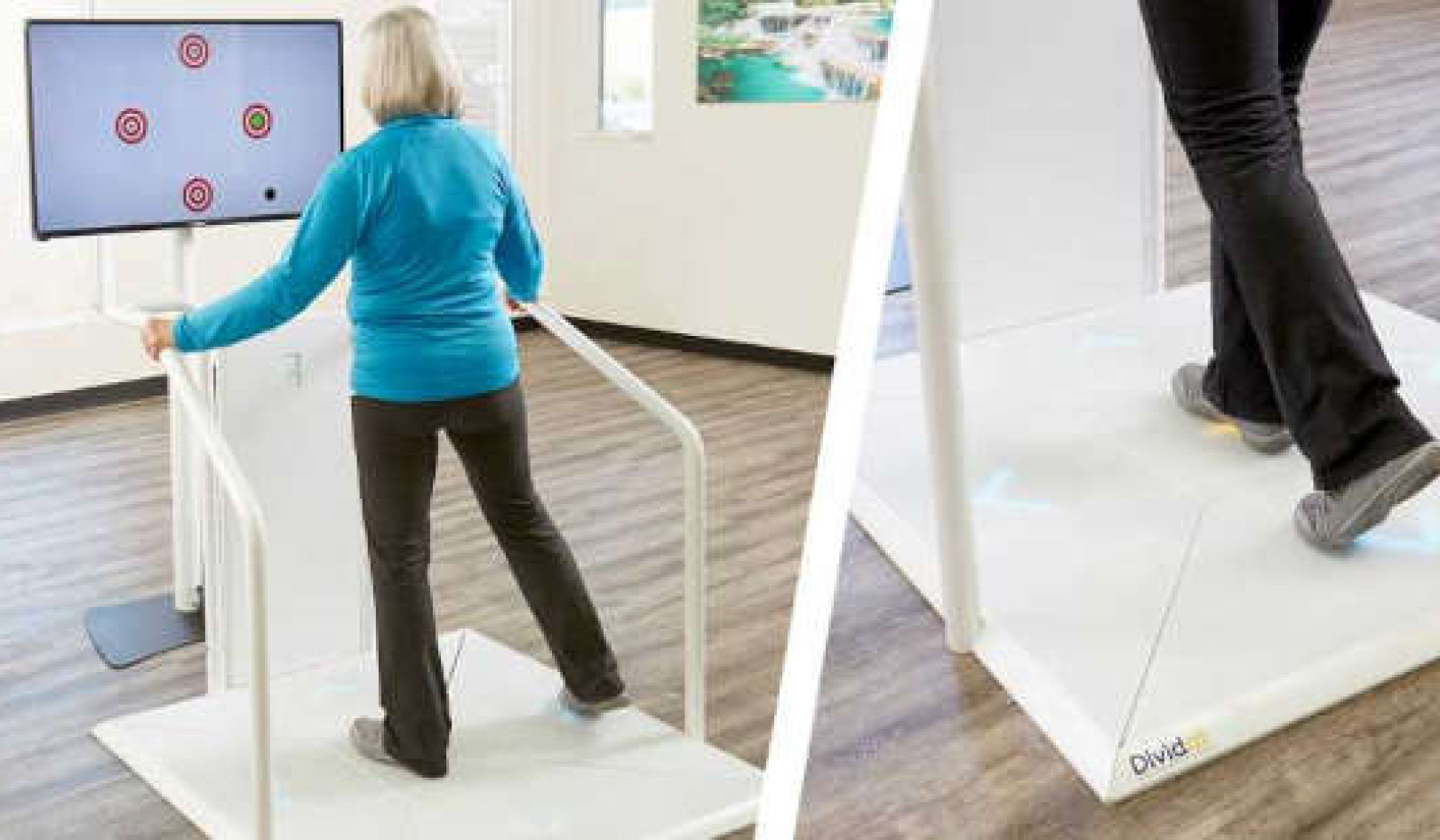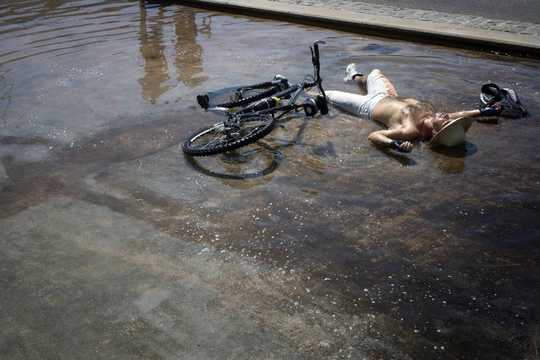 The 2003 European heat wave caused 80,000 deaths at temperatures Australians usually experience in a regular summer. AAP
The 2003 European heat wave caused 80,000 deaths at temperatures Australians usually experience in a regular summer. AAP
Acclimatising to heat is a tough gig. Since 1970, central Australian regions have warmed 1.2ᵒC and as the world continues to get warmer, increasingly common and increasingly intense heat waves will make acclimatising even tougher.
Our physiology is fantastically clever. Humans have managed to successfully inhabit most of the earth’s land surface, from sub-zero zones to the scorching hot. But regardless of environmental temperatures, we homeotherms, or warm-blooded animals, successfully maintain our core temperature within a very narrow range around 36.2ᵒC. When a fever raises our temperature above 38ᵒC, we start to feel unwell and death is likely if core temperature passes 40ᵒC.
In cold weather, we don clothing, shelter out of the elements, and huddle around heating. Exercising also warms us. This explains why human settlements can be found in sub-zero temperatures that are 36ᵒC cooler than our bodies.
But could we live in a climate that is 36ᵒC above our optimal core temperature? The answer is simple. No. Exercising, working, or even walking at a fast pace becomes difficult to sustain at temperatures above 35ᵒC.
Get The Latest By Email
So we are better suited for cooler-than-us weather (less than 36ᵒC), rather than hotter-than-us (more than 36ᵒC), especially if we want to move, walk or work.
Coping mechanisms
We have three mechanisms to cope with the heat – our physiology via our thermoregulatory system, behaviour, and engineering.
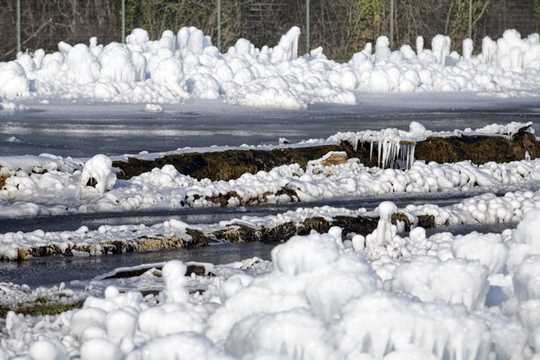 We can live in temperatures 36ᵒC cooler than our bodies. Serge
We can live in temperatures 36ᵒC cooler than our bodies. Serge
Sweating is the primary cooling mechanism to maintain thermoregulation, making us thirsty as it induces dehydration. But sweating becomes ineffective in the saturated air on days of high humidity.
Lethargy is another physiological response to avoid overheating, acting as a disincentive to maintain physical activity. Feeling warm drives us to seek shade. This evolves into cultural adaptation as societal norms develop in response to environmental conditions. Hence, cultural mores on Pacific Islands differ markedly from those of Inuit communities.
Finally, human adaptive ingenuity leaps to the fore with our technical response to override environmental extremes. Fans, air-conditioning, passively cooled housing design, plumbing water to our homes, and crafting green spaces and shade gardens exemplify our capacity modify our environment to our meet our physiological needs.
Death in Europe
But despite all this, the 2003 European heat wave caused 80,000 deaths at temperatures Australians usually experience in a regular summer. Why did they fail the heat test, and why does Melbourne exhibit heat morbidity at temperatures that cause minimal health burden in Adelaide? I suspect this relates to acclimatisation and the three coping mechanisms.
Humans can acclimatise to heat after five or six weeks of consistent exposure. Europeans didn’t have much lead time in 2003, when the temperature rose 12ᵒC higher than their summer average. They were unprepared to respond appropriately both behaviourally and culturally, and many deaths at home were caused by severe dehydration. What’s more, European housing is designed to retain heat, not to shed it.
Australia is already hot, and it is warming. So we must learn to acclimatise to the heat, and to temperature swings. But it’s difficult to acclimatise to exceptionally hot days when a cool change comes in, as it does regularly in Melbourne for instance, where the temperature suddenly plummets 10ᵒ and the next week is comfortably below 30ᵒC.
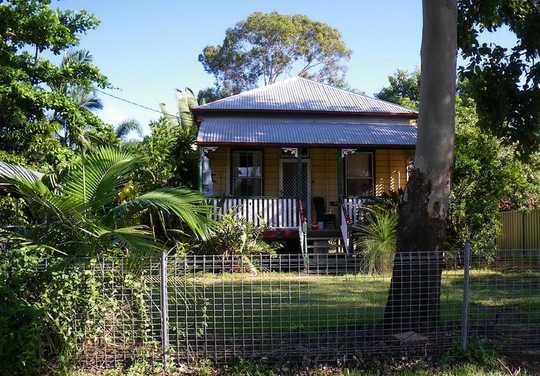 Queenslander-style houses are better suited to hot climates. jojof/Flickr
Queenslander-style houses are better suited to hot climates. jojof/Flickr
The main problem is that Australia’s major cities are not well suited to these new heat extremes, as Melbourne’s buckling train lines demonstrated in the 2009 heatwaves, along with the soaring death toll. New houses leave little space for trees and garden to provide shade, and many don’t have eaves. They are heat traps, and if people can’t afford cooling, they may die.
Better ways
Designing suburbs of houses that must rely on air conditioning to provide thermal comfort is counter productive at best, and bordering on suicidal – at the species level – at worst. But there are other options. The Queenslander housing style, for instance, which has the house set high on stilts with wide verandas, provides passive cooling, and is perfectly suited to hot climates. It also offers flood protection.
Changing our biology is impossible, but revisiting the wisdom of the past appears sensible. Maintaining hydration is the number one rule. Part filling a bath so household members can pop in and out provides refreshment. Wetting clothes and wearing wet neck scarves provides cooling.
We need to reorient our lifestyle to the cooler part of the day during heat extremes, and take rest breaks. In particular, work needs to be redesigned to prevent workers from suffering from heat stress. We must also factor heat into urban and housing design, plant shade trees, and use our garden water judiciously to preserve trees.
Foremost, of course, we must – collectively and institutionally – urgently embrace a carbon neutral economy to preserve the health and well-being of our future, and our children’s future. Material goods will offer little comfort as we swelter in regular 45ᵒC heat, when plant life has withered and food is scarce.![]()
About The Author
Liz Hanna, Convenor, Climate Change Adaptation Research Network - Human Health, Australian National University
This article is republished from The Conversation under a Creative Commons license. Read the original article.
books_adaptation



